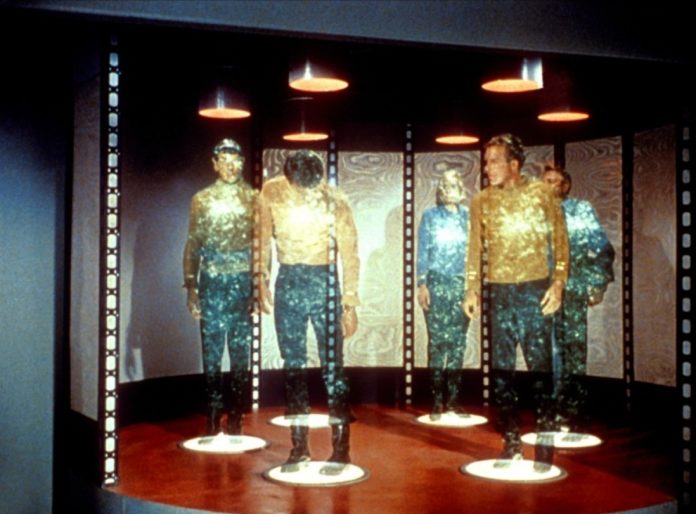The moment you think teleportation, the first image that flashes is of Scotty beaming up the Start Trek crew. That might still be way off, but Chinese scientists’ achievement is quite significant and exciting. They successfully teleported an object (a photon) from Earth to a satellite orbiting 300 miles up in space. The feat has significant repercussions for future of quantum computing. It is an important step towards the realization of a global network, which is unhackable.
Chinese scientists beamed photons from a ground station in Tibet mountains to the satellite named Micius. The satellite has extreme capabilities in detecting the quantum states of photons it receives. Therefore, Micius is a perfect candidate to help test various quantum phenomena such as entanglement and teleportation.
The Phenomenon Behind Teleportation: Quantum Entanglement
The scientists achieved the teleportation of photons using a quantum phenomenon known as entanglement. When a pair of particles are generated at the same instant and from the same source they still maintain the shared existence even when separated by really long distances—in fact, theoretically, they could be as distant as the two opposite ends of the Universe and still be linked. The shared existence means any change in one particle immediately affects the other particle. So, any measurement done on the first particle results in the information immediately delivering to the second particle. Through the shared existence link, the second particle assumes the identity of the first particle.
For quantum teleportation, a third particle is introduced and entangles with the first of the original pair. This immediately conveys up to the distant partner of the pair, which assumes the identity of the newly introduced particle.
Building a Hackproof Quantum Computing-Based Network
Using the quantum entanglement and teleportation, scientists aim to build a highly secure, global quantum computing network. Instead of encoding information as 0s and 1s, quantum states are a better candidate from the security point of view. Such a global network would be extremely secure. Trying to hack into this system would disturb the quantum states of the photons and thereby destroying the information. Quantum-technology based networks already are in existence, but they work using fiber optics. Therefore, they only work over relatively short distances of 100kms. With this latest achievement where photons traveled 500kms up to the satellite, new possibilities open up.
During the experiment spread out over 32 days, scientists fired up millions of photons to the satellite. Out of these millions, they achieved teleportation 911 times.


















